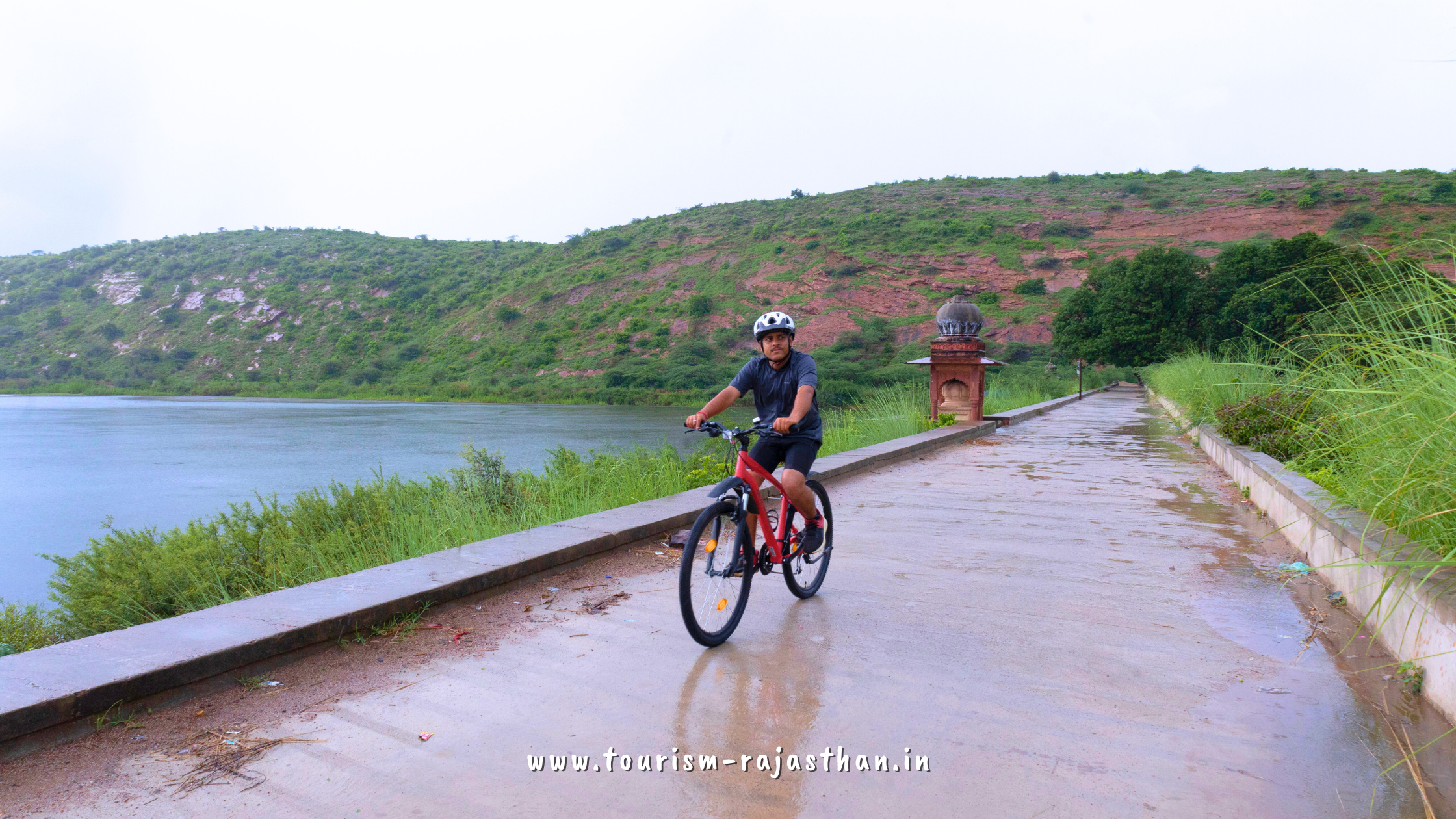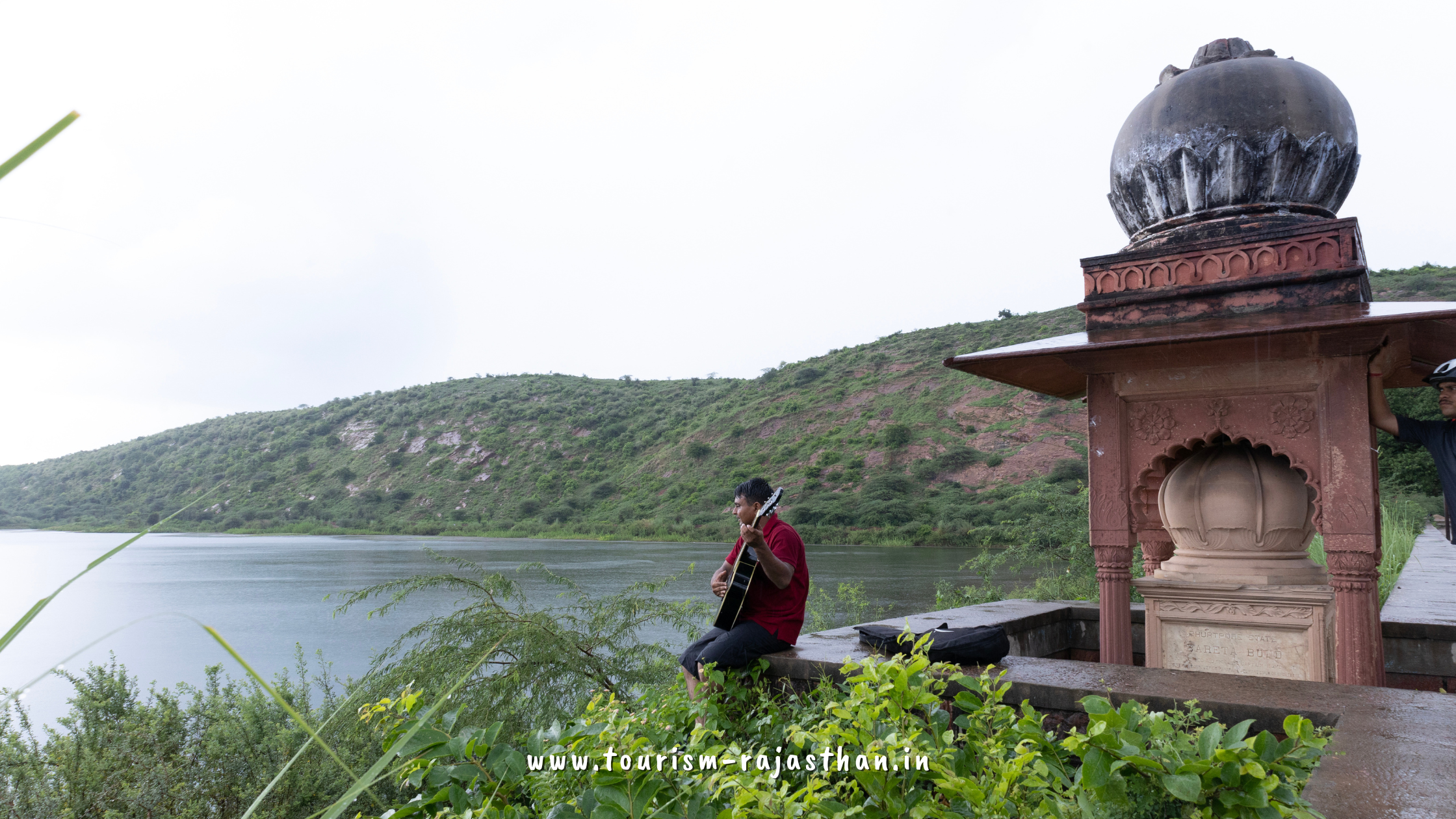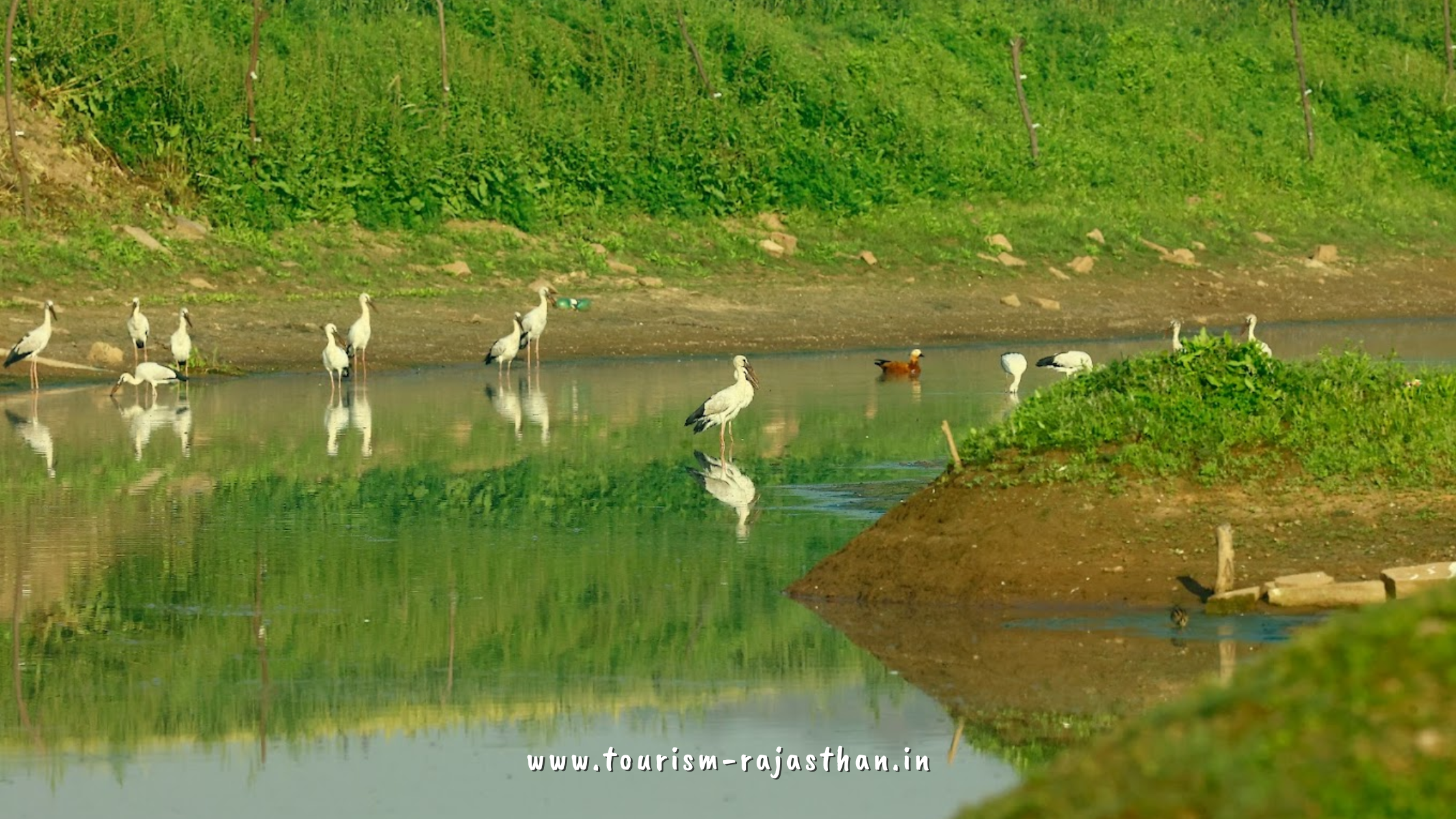Nestled amidst the scenic landscapes of Bharatpur and Karauli districts in Rajasthan, India, the Kakund River meanders gracefully, bestowing its life-giving waters upon the arid terrain. Here, amid this natural beauty, stands the Baretha Dam, a testament to human ingenuity and resourcefulness, and a crucial cornerstone in the region’s water management system.
A Glimpse into History:


The tale of Baretha Dam dates back to the late 19th century when its construction commenced in 1866 under the visionary leadership of Maharaj Jaswant Singh. Over three decades of meticulous effort culminated in its completion in 1897 by Maharaj Ram Singh. Since then, it has stood as a silent sentinel, harnessing the river’s flow to serve the needs of the surrounding communities.
Harnessing the Flow:


Spanning the Kakund River, the Baretha Dam is more than just a structure; it’s a lifeline for the region’s agricultural and drinking water needs. With a storage capacity of 684.00 million cubic feet, it provides vital irrigation for the fertile lands of Karauli and Bharatpur districts, ensuring bountiful harvests even in the harshest of summers.
Kishan Sagar Lake:


One of the dam’s most enchanting features is the Kishan Sagar Lake, nestled amidst the Baretha hills. Formed by the damming of the Kakund River, this man-made reservoir not only serves as a picturesque retreat but also as a vital habitat for migratory birds. During the winter months, it becomes a haven for avian species, adding to the region’s rich biodiversity.
A Source of Life:
Beyond its scenic allure, Baretha Dam plays a crucial role in ensuring water security for the bustling city of Bharatpur. The Bandha Baratha dam, built in Bharatpur village, serves as a vital conduit for channeling the Kakund River’s waters, quenching the thirst of city dwellers and sustaining urban life.
In conclusion, Baretha Dam stands not just as a marvel of engineering but as a symbol of resilience and adaptability in the face of nature’s challenges. As it continues to harness the flow of the Kakund River, it remains a beacon of hope for the communities it serves, ensuring a sustainable future for generations to come.



